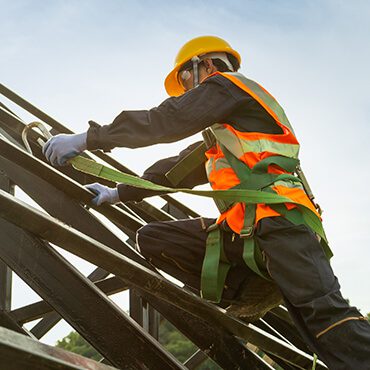Approach
Static vents, also known as passive vents, are passive ventilation systems that rely on the natural flow of air to ventilate the attic. These vents are usually installed along the eaves or gables of a roof and allow for a constant flow of air in and out of the attic. Static vents are an affordable and low-maintenance option, but they may not be as effective as other types of ventilation systems in certain situations.
Wind turbines, also known as whirlybirds, are active ventilation systems that rely on the wind to turn a fan and ventilate the attic. These vents are typically installed on the roof and can help to remove hot air from the attic on warm days.




